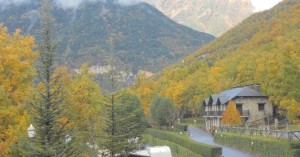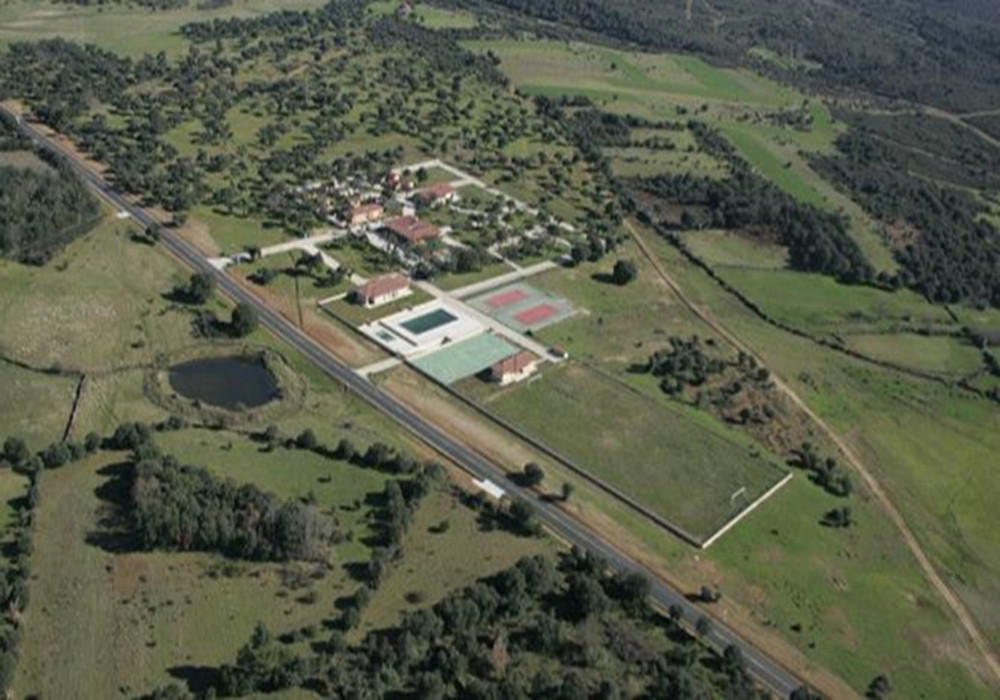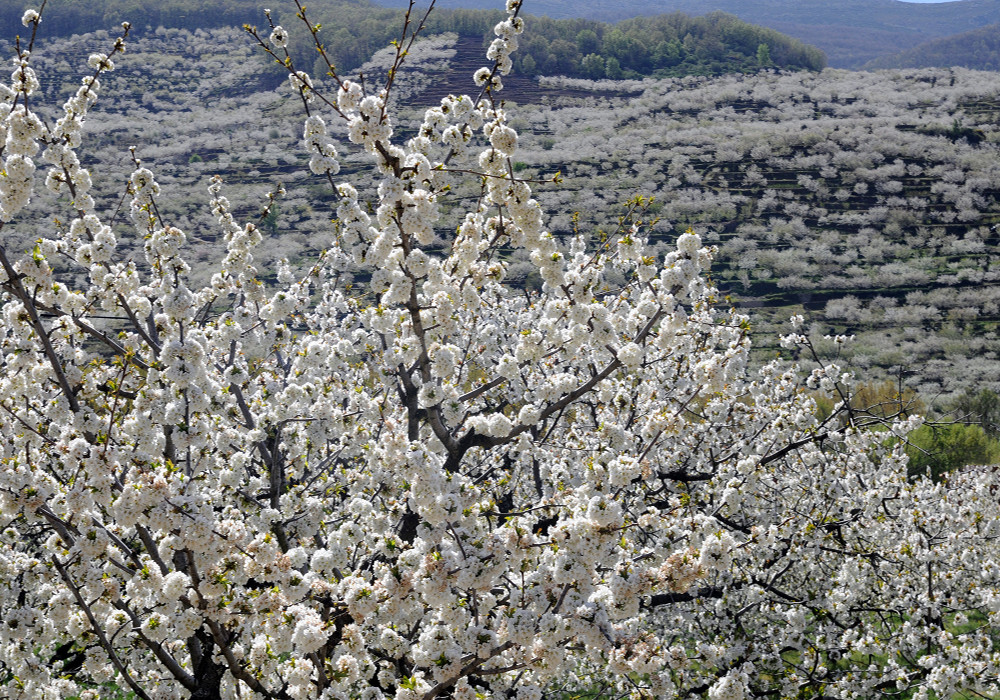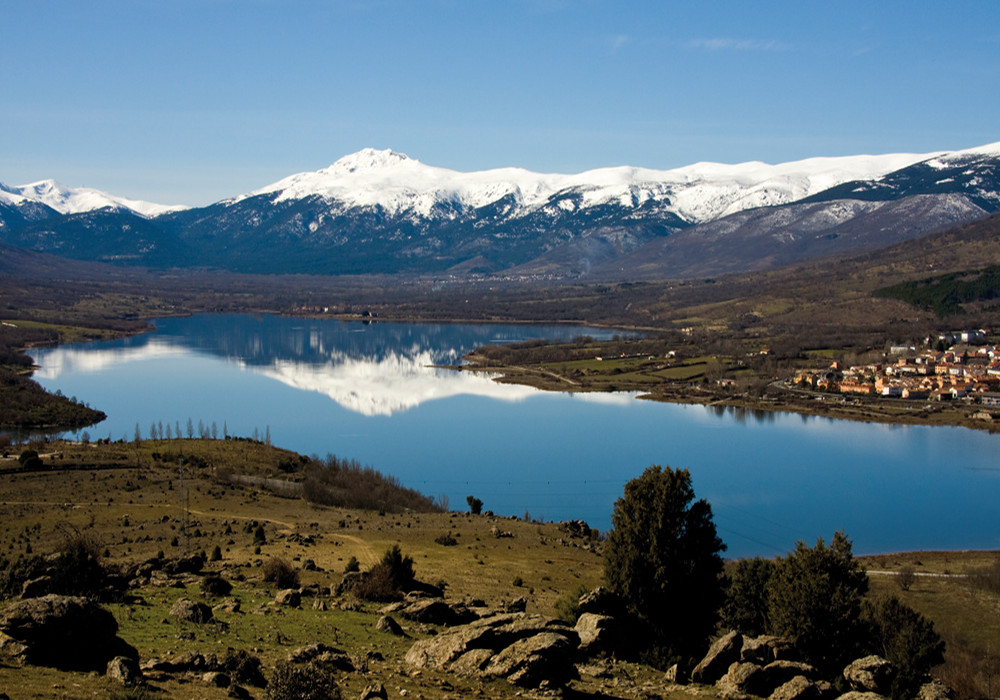A route has existed in Spain since pre-Roman times that joins the north of the Peninsula with the south, crossing mountains, valleys and plains. This route is known as the «Ruta de la Plata» or the «Silver Road», an ancient trade route that was used to transport merchandise from one region to the other and that, today, constitutes a tourist itinerary packed with history and sights.
The «Ruta de la Plata» begins in Seville. From there it heads towards Ancient Italica, the vanished city of Roman Baetica, of which only ruins remain today. The road continues on through Zafra and Almendralejo to Mérida, the «Rome of Hispania» that prospered in the era of the Roman Empire. Cáceres and Plasencia are our next stops, which bring us on to Béjar and Salamanca, also located along our route. By crossing fields of cereal crops we reach Zamora, one of the cities in which the remains of the ancient Roman road are best preserved. From there we go on to Benavente, Astorga, León, Oviedo and Gijón, which is where the historic «Silver Road» ends.
The name of this route derives from the mining wealth of the region, given that it was the precious metals from these local mines that led traders to christen the route with the name it still holds today. The importance of this route was such that, between the first and the nineteenth centuries, it served as the starting-point for an infinite number of other paths and drover’s roads, whilst also providing the reason behind the construction of entire towns and cities that sprung up throughout its length.
Today, the «Ruta de la Plata» is a route that preserves a considerable amount of historical and artistic heritage, given that it traces the history of Spain practically from the beginning and right up until the modern day. By following its course we come across Roman aqueducts, Romanesque churches, Medieval fortresses and Renaissance buildings. But we will also encounter examples of local and regional folklore, handicrafts and a great deal of history. A truly unique journey for all those who like history and sport.
What to do
In spring the first cherry-trees come into flower and so begins one of the most popular and beautiful festivities on the Peninsula: the party of the Flowering Cherry-Trees in the Valley of El Jerte. This is an annual event in which cherry blossom and nature play a starring role.
Everyone knows that Galicia is an ideal destination for fine shellfish and fish. It is not surprising, therefore, to learn that this Spanish region is one of the biggest shellfish exporters in the world. But in addition to its excellent fish, this is also a land of prime meat products and unique specialities that will delight the most demanding gourmets.
Who said that winter was for hibernating at home until the warmth of summer returns? There are an increasing number of sports that take place solely at this time of year, so if you like a bit of adventure, don’t stay at home! Make the most of the cold weather and the snow and enjoy a tasty hot chocolate afterwards! Still don’t know where to go? We suggest an incomparable setting: the National Park of Ordesa.
The National Park of Ordesa spans a quite unique region in Spain where winter sports are hugely popular. Located in the area of Sobrarbe, half-way between the Sierra de Guara and the Park of Posets-Maladeta, this is a spot that attract thousands of visitors each year who are looking for a little peace, natural landscapes and new experiences.
For some years now this region has served as the best destination for the pursuit of mountaineering activities, given that some of the most outstanding peaks on the Iberian Peninsula are located nearby, including El Aneto (3,404 metres), El Posets (3,371 metres), El Perdiguero (3,222 metres) and, of course, the famous Monte Perdido (3,355 metres), which is considered to be the highest karst mountain in Europe. If we are not elite professional mountain-climbers but we still wish to enjoy these natural marvels, we can always turn to the large range of specialist companies available that can guide us or point us towards the safest and most recommendable spots.
For those who are looking for a more high-octane activity, canyoning could be an interesting option. This growing sport consists of following the water-courses of rivers and canyons whilst negotiating rocks, forests and cliffs. In Monte Perdido, following the course of the Rivers Yaga, Cinca, Yesa or that of the Rivers Consuras, Fornos and Escuain constitute classic itineraries amongst veterans and a highly enjoyable experience for those new to the sport. In short, the permanent watercourses of our Pyrenean rivers offer a day’s guaranteed fun from beginning to end.
However, if there is one sport that emerges as the true star of the winter season, that is skiing. In the National Park of Ordesa, skiers will find both alpine pistes and areas for cross-country skiing, so if you love the snow, make the most of these marvellous opportunities. At Fanlo and Pineta we will find some extensive snowy expanses to ski across whilst admiring the beautiful scenery. Meanwhile, the ski stations of Piau-Engaly, Saint Lay Soulan (on the French side of the Pyrenees) and Cerler (in the Valley of Benasque) are a veritable must for the quality of the snow and the safety of their pistes.
And there’s much, much more too! Snowshoe trails, trekking along eco-routes, ice-climbing for those who love extreme challenges and even white-water activities for those who like to get wet … In short, a whole range of opportunities awaits to get you out of the house, even when it’s snowing!
Recommended Camping: Gavín
Address: Ctra N-260. km 503 22639 Gavín Location: Huesca (Aragón) Surface: 72.000 m2 Category: 1ª Phone: (+34)974 485090 Web: www.campinggavin.com |
 |



